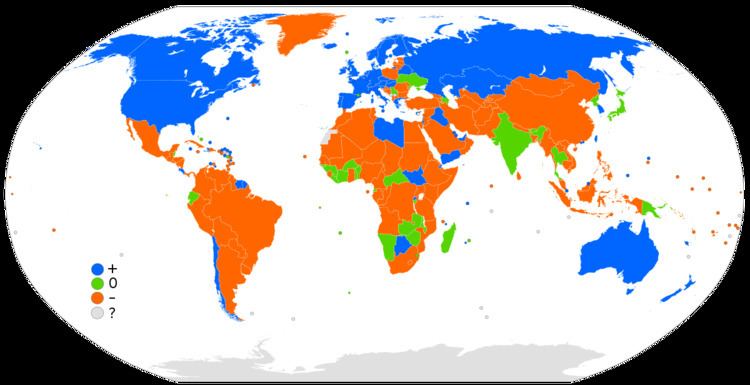 | ||
Net migration rate is the difference of immigrants and emigrants of an area in a period of time, divided (usually) per 1,000 inhabitants (considered on midterm population). A positive value represents more people entering the country than leaving it, while a negative value means more people leaving than entering it, and net neutral immigration would mean keeping the amount of people leaving and entering equal.
Example
On January 1, 2000 country A has a population of 1,000,000 inhabitants. From that date to January 1, 2001, 200,000 people immigrated to A, and 100,000 people left the country. At the same time, there were 100,000 babies born, and nobody died. Therefore, the population of A on January 1, 2001 is 1,200,000.
We consider that on July 1, 2000 (the middle of our time term) there were 1,100,000 inhabitants. And since 100,000 left and 200,000 came, the migration difference is +100,000.
But this value is per inhabitant, and we want a per 1,000 persons value:
This number gives us a comparable idea of the impact of migration on the country's population.
